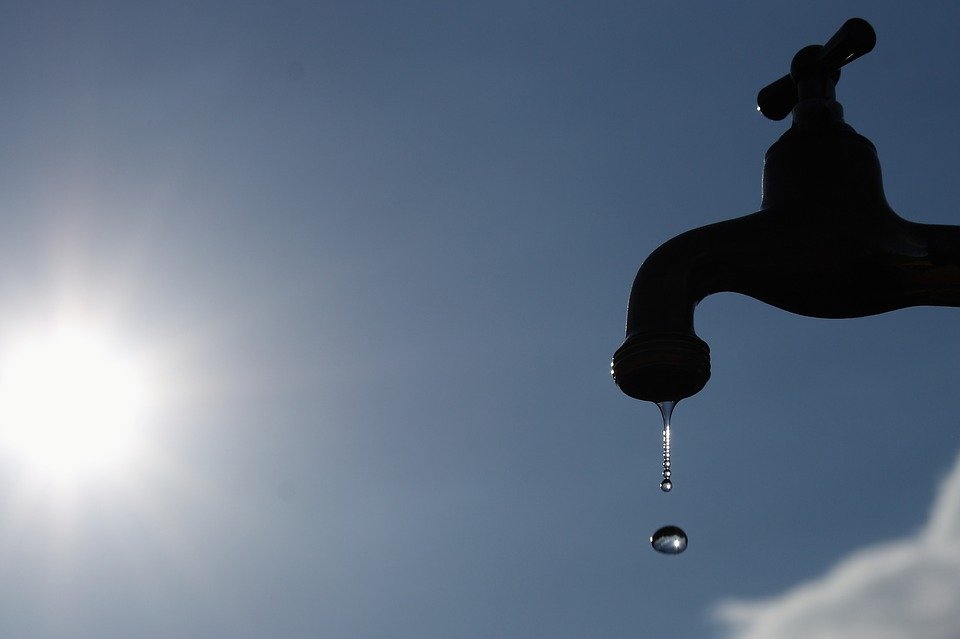While the country has enough water to sustain the fast approaching dry winter season, South Africans have been urged to use water sparingly. Current the country is sitting with 23 809.2 cubic metres of water in storage, according to a weekly report of the Department of Water and Sanitation.
Department spokesperson Sputnik Ratau said although vast parts of the Eastern Cape received heavy rains in the past two weeks, the regions of Gamtoos Valley and Makhanda remained a source of concern as they are almost dry of potable water.
“In Makhanda, residents rely on tankered water for basic use as the local river is left with the lowest levels. The average levels in the province have dropped fractionally to 62.4% this week,” Ratau explained.
Current dam levels in Makhanda are 7.2 % for Settlers and 23.8% at Howieson’s Poort.
Ten days ago, the holiday town of Port St John’s was visited by heavy floods that destroyed infrastructure and displaced hundreds of local residents.
Nqweba Dam, which is supplied by the Sundays River in Nelson Mandela Bay, is virtually empty at 1.5%, Ratau said.
For the past two weeks, the country has maintained stable dam levels at 73.7%, a 6.2% drop compared to the same period last year, the report indicated.
South Africa has entered a hydrological cycle that ushered in the cold and dry winter in the hinterland, while the Western Cape has started its expected wet winter season that the department hopes will bring persistent rains. For the moment, however, that province has its average dam levels at 33.7%.
At 96.8%, Gauteng has the highest dam levels in the country, although it has dropped by 6% compared to the same period last year when dams had reached their full capacity of 100.4%.
Free State and Northern Cape dam levels were recorded at 88.4% and 81.6% respectively, while Mpumalanga retained a stable 74.2%.
KwaZulu-Natal, which was also hit by heavy storms that resulted in flash floods on the outskirts of Durban, retained a mere 65.2% of provincial dam levels.
Ratau said hydrologists attributed this to vast amounts of rain water flowing to the sea.
The province’s Premier, Willies Mchunu, estimated the structural damage from the floods at R660 million, with 71 residents having died as a result.
The report stated that Northern Cape recorded a dam level increase of 5%, although there is a 10% drop compared to the same period last year.
Boegoeberg Dam, supplied by the Orange River, recorded a whopping 116.4% level, an increase of 8% from last week.
The Free State has become an antithesis of the weather, with one part of the province drenched in heavy rains, while another has been afflicted by drought.
Farmers, who have lost stock and crops as a result of the drought, have appealed for government’s intervention by declaring the region as a disaster area.
The same situation prevailing in the North West has forced the towns of Mahikeng, Zeerust and Lichtenburg to rely on tankered water for survival.
In Limpopo, Nandoni Dam in Vhembe District continued to maintain its capacity levels, despite the absence of rain in the past two weeks.
Other dams that maintained 100% capacity are Magoebaskloof, Hans Merensky in Phalaborwa and Tonteldoos.
Tzaneen Dam, however, is at its lowest level due to a wall that is being renovated. This is a temporary measure that affects citrus farmers and consumers that use water for drinking, cooking and washing. – SAnews.gov.za



